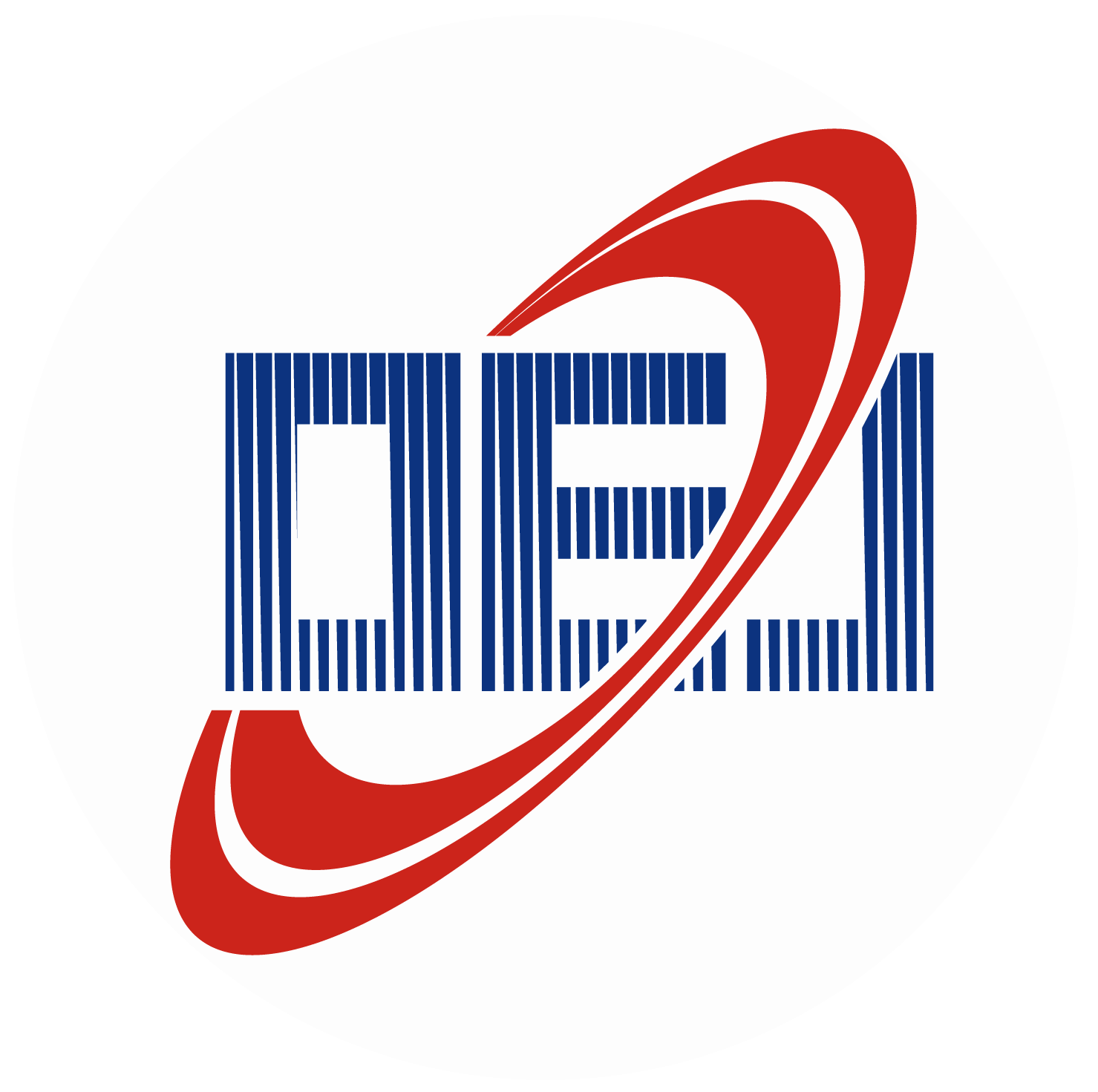-
Abstract: Surface enhanced Raman scattering (SERS) is an efficient technique to detect low concentration molecules. In this work, periodical silicon nanowires (SiNWs) integrated with metal-insulator-metal (MIM) layers are employed as SERS substrates. Laser interference lithography (LIL) combined with reactive ion etching (RIE) is used to fabricate large-area periodic nanostructures, followed by decorating the MIM layers. Compared to MIM disks array on Si surface, the SERS enhancement factor (EF) of the MIM structures on the SiNWs array can be increased up to 5 times, which is attributed to the enhanced electric field at the boundary of the MIM disks. Furthermore, high density of nanoparticles and nanogaps serving as hot spots on sidewall surfaces also contribute to the enhanced SERS signals. Via changing the thickness of the insulator layer, the plasmonic resonance can be tuned, which provides a new localized surface plasmon resonance (LSPR) characteristic for SERS applications.



 E-mail Alert
E-mail Alert RSS
RSS


